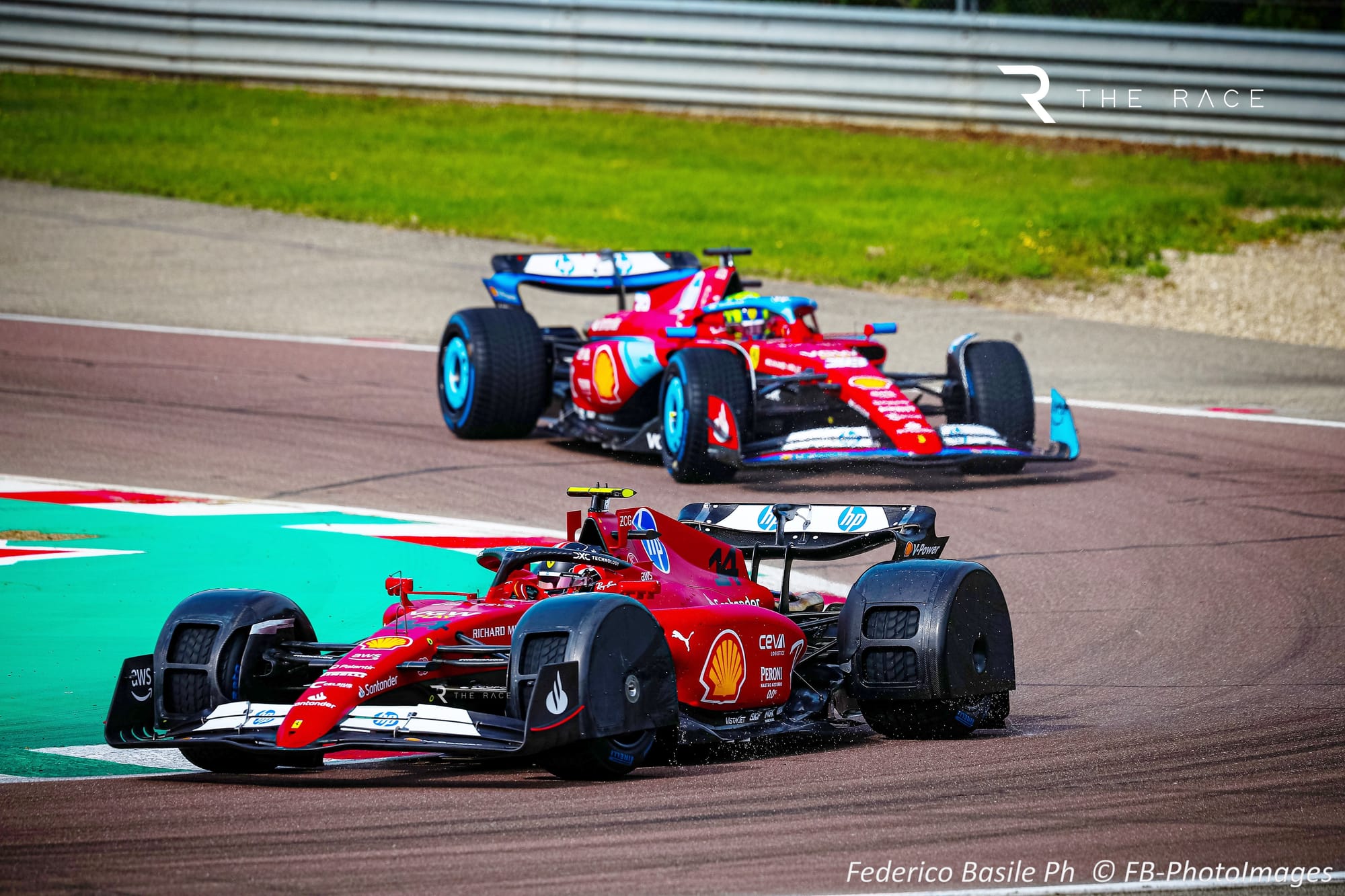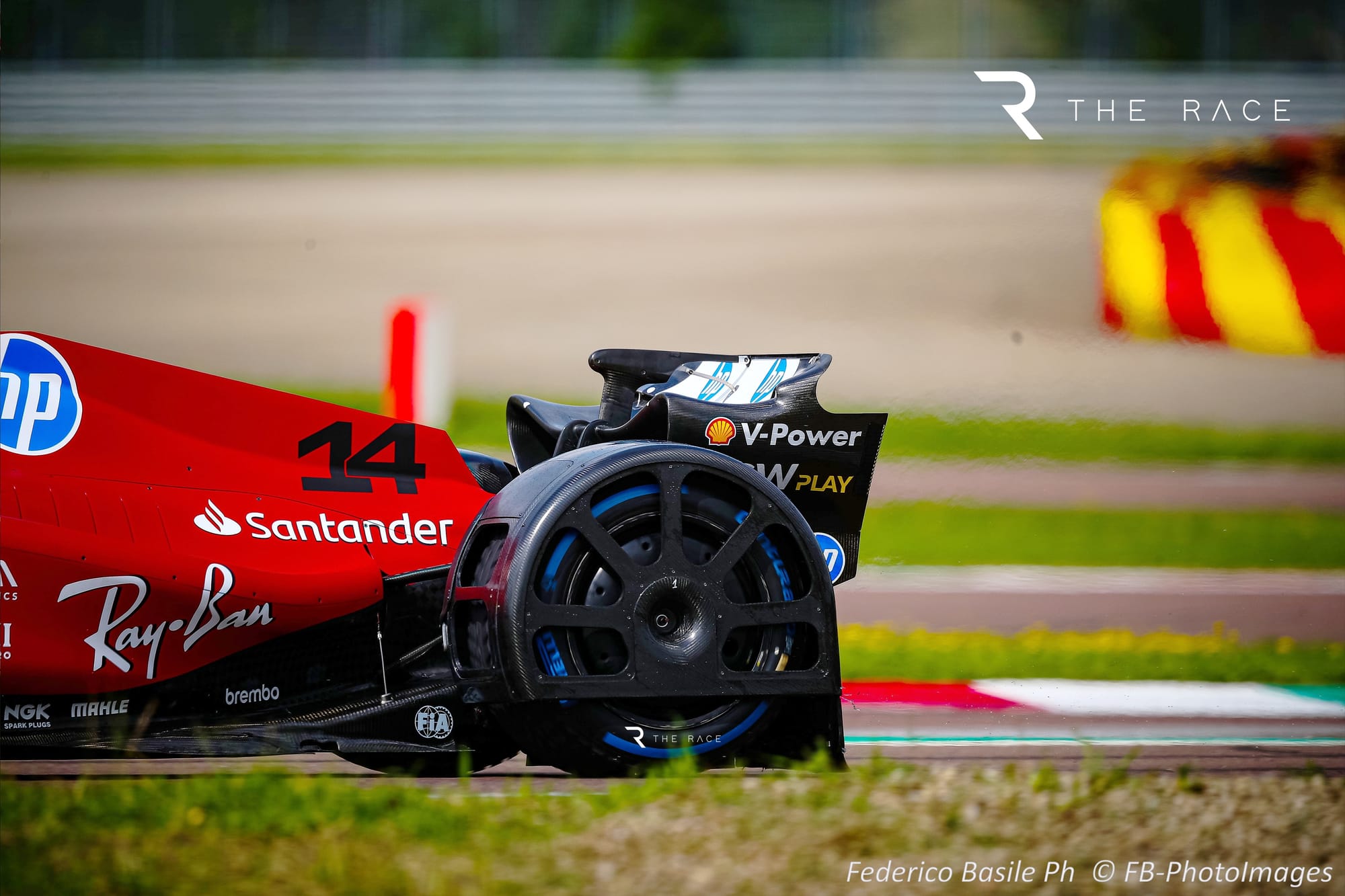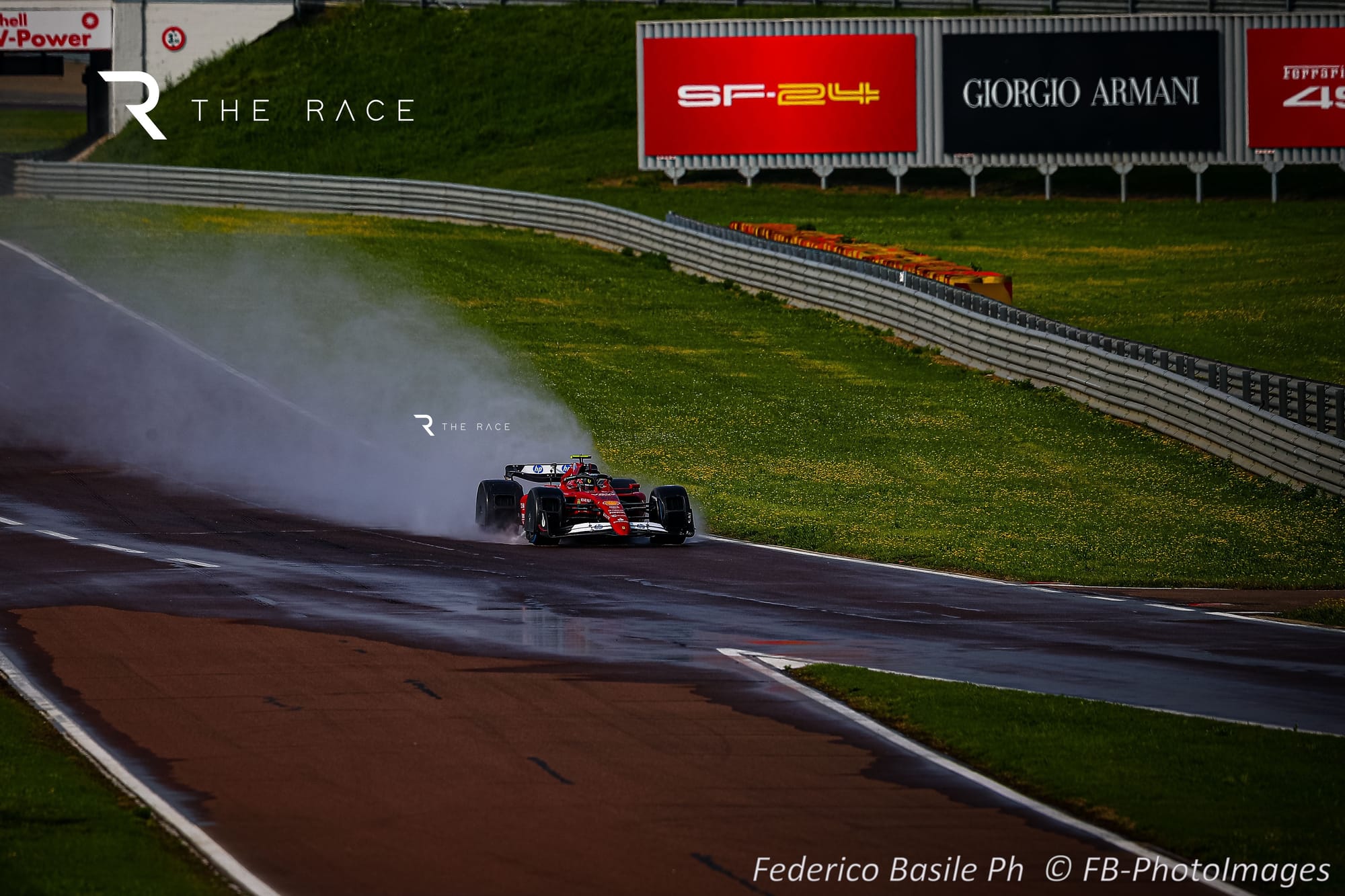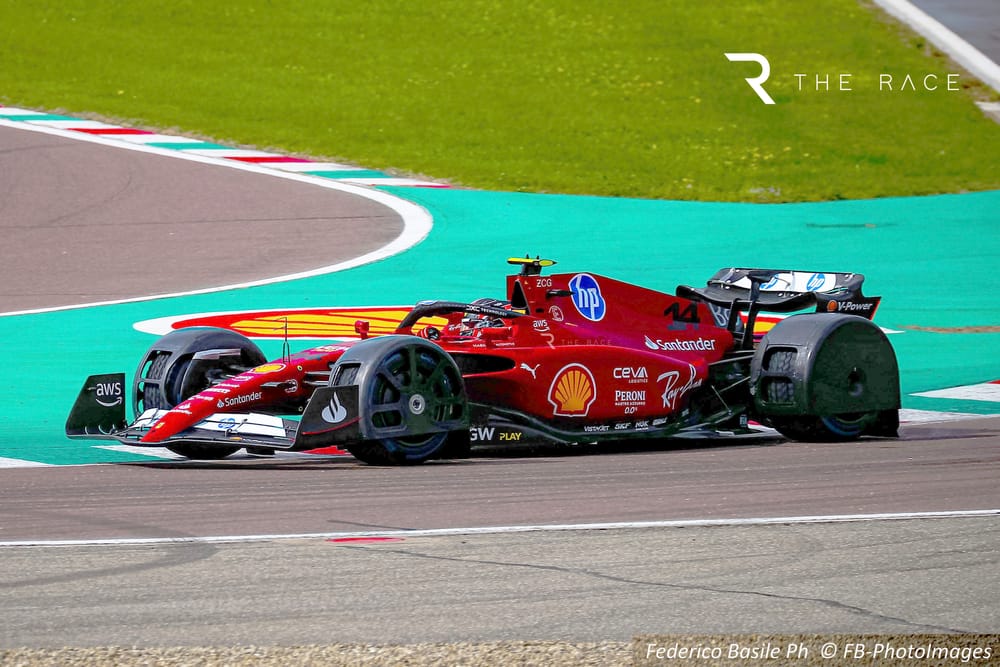Up Next

The FIA has called time on its unsuccessful Formula 1 wheel cover experiments but will assess alternatives to help F1 cars compete in extreme conditions.
Last July at Silverstone, the FIA conducted its first test of prototype wheel arches, with the aim of reducing the spray created by F1 cars in wet conditions as part of its ‘wet weather package’ (WWP).
Mercedes and McLaren assisted with that test before Ferrari debuted a revised version at a recent test at Fiorano.

One-time Ferrari F1 starter Ollie Bearman and development driver Arthur Leclerc tested two different varieties of wheel covers, some with segmented holes on the covers.
But as Bearman noted one week later at Imola: “I think you saw the videos, [the spray] was quite similar. So I think it’s back to the drawing board.”
Now The Race understands that the FIA will cease any wheel cover testing and instead will consider alternatives.

FIA single-seater director Nikolas Tombazis had already signposted back in December 2023 that an unsuccessful next test would likely spell the end of the wheel cover idea.
“What we’re testing in May isn’t the final solution, it’s information gathering to see if that is actually the right path,” said Tombazis.
“Or alternatively, if the test doesn’t go well in spring, we may abandon that course and then have to really think about what we do.”

Finding a way to make F1 cars driveable in more extreme weather conditions remains an important objective for the FIA, which still plans to pursue further measures.
Testing any modifications in the real world is particularly important for any WWP solution to be implemented, as the wet conditions and effects can’t be fully replicated in simulation.
The WWP is conceived as a spec kit that can be bolted onto cars for wet conditions, to avoid a repeat of the farcical 2021 Belgian Grand Prix where the result was declared based on positions after a single lap under the safety car.



